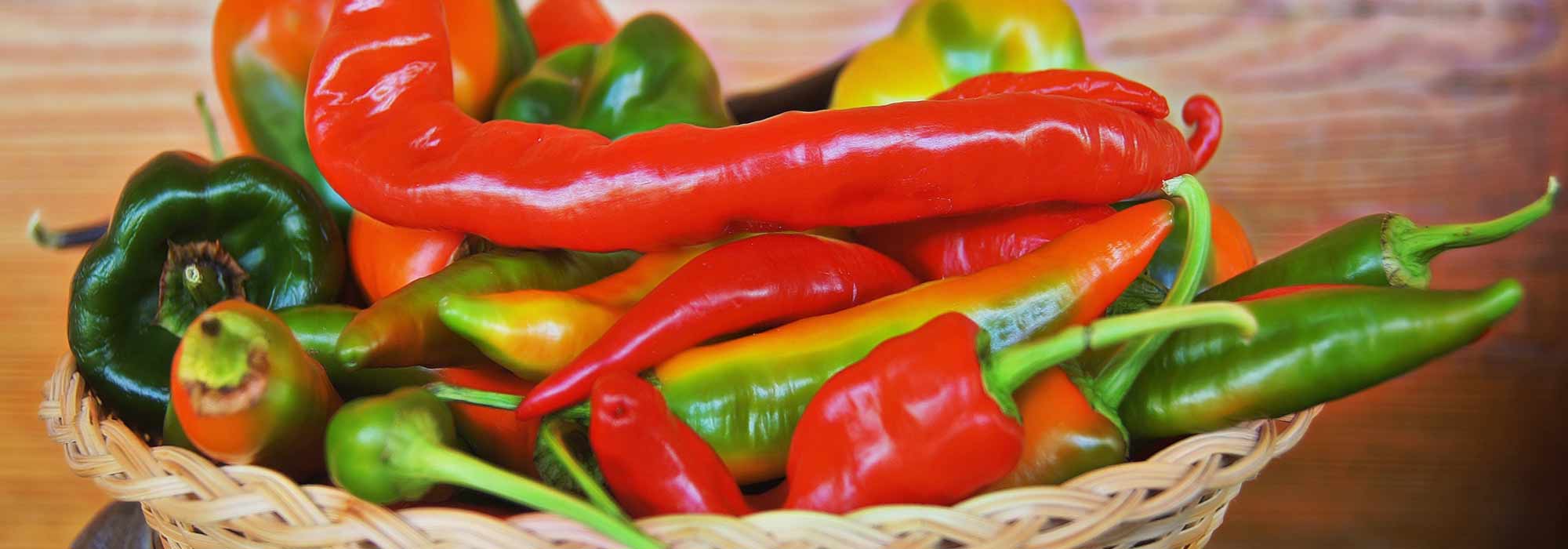
Choosing peppers and chillis
Our tips to make the right choice
Contents
Chillies and peppers belong to the genus Capsicum, which includes no fewer than fifty species and an infinite number of varieties, themselves divided into various cultivars.
Red pepper, green chilli, hot chillies or sweet peppers, such diversity does not make the gardener’s task any easier! Indeed, the choice can be quite daunting given all these options.
Here’s how to choose peppers and chillies based on their shapes and colours, flavours and heat, as well as their productivity, pruning and resistance to diseases!
Based on the shapes and colours of the fruits
Among peppers, there are varieties with very diverse shapes and colours.
Often, the pepper produces hollow, square fruits that vary in size, with the epidermis ranging from green to red, passing through yellow and orange. This is particularly true for the sweet pepper from Spain, the California Wonder pepper, the Cuneo pepper, or the Quadrato d’Asti Giallo pepper.
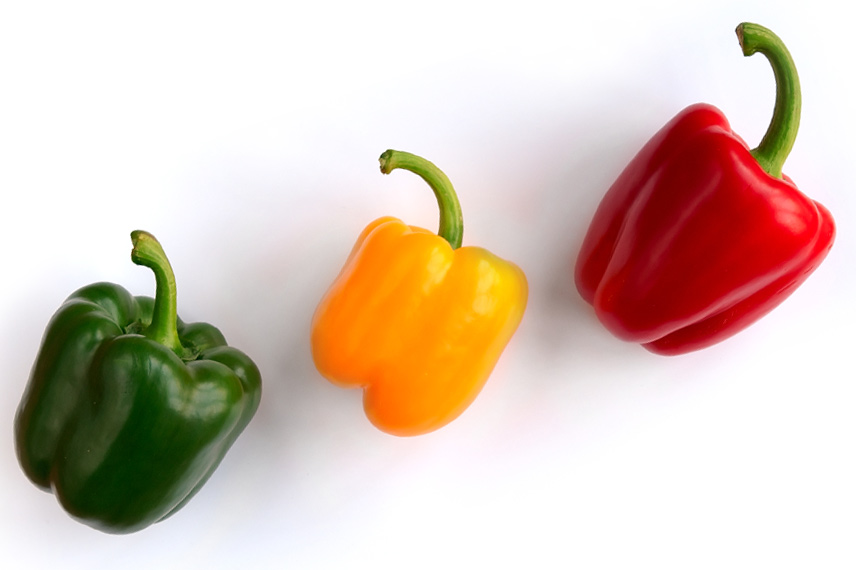
Quadrato d’Asti Giallo pepper
Other classic forms of peppers offer fruits that are more or less elongated, ranging from conical to rounded shapes, and colours evolving from yellow to red. Among them, we find the Corno di Toro Rosso pepper, the Marconi Rosso pepper, the Terrazzi pepper, or the Balconi pepper.
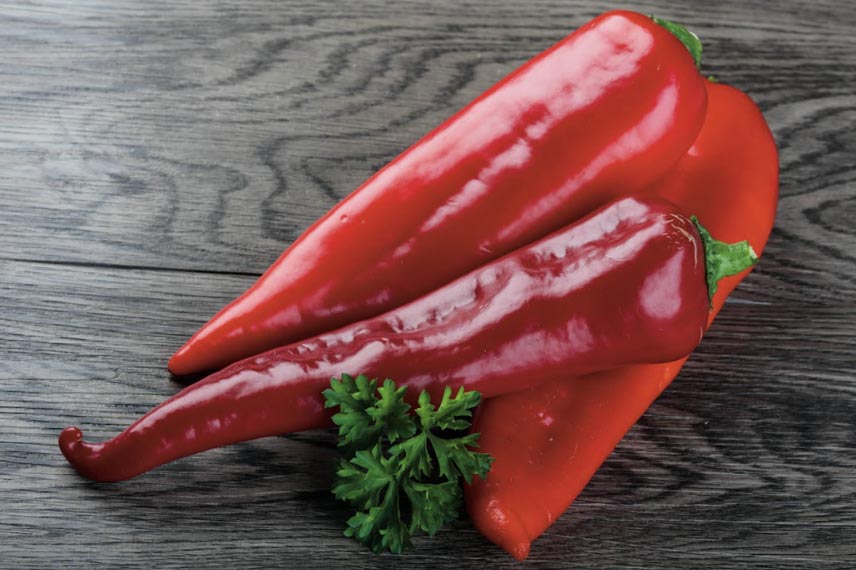
Corno di Toro Rosso pepper – © Andrey Starostin – Fotolia
However, there are also more original varieties among Capsicum annuum. If you want more diversity in your vegetable garden and on your plate, you might be tempted by:
- the mini Chocolate Bell pepper with its numerous miniature chocolate-brown fruits at ripeness;
- the Purple Bell pepper, a productive variety with lilac fruits that turn purple;
- or the Candy Cane pepper with its whimsical fruits, green then red striped with white.
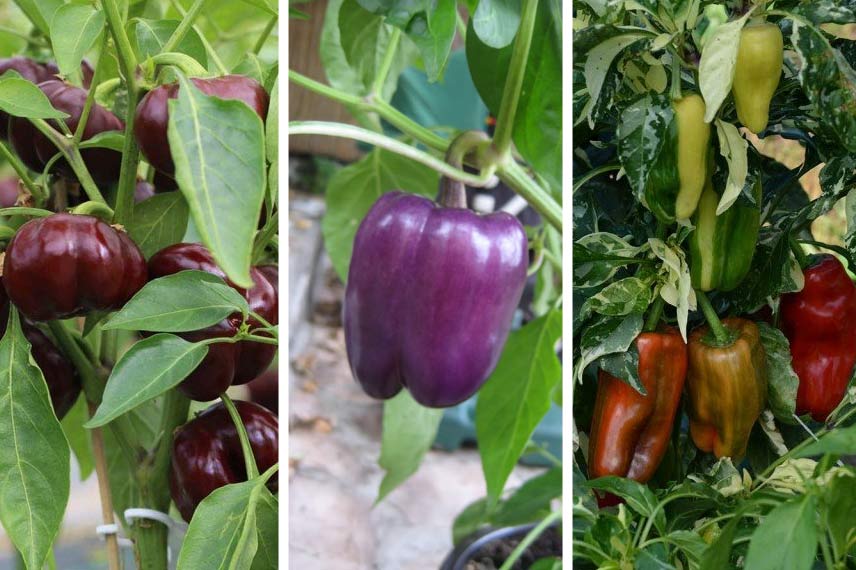
Mini Chocolate Bell pepper © Ferme de Sainte-Marthe | Purple Bell pepper | Candy Cane pepper
Among hot peppers, the shapes are also very varied, particularly depending on the species.
In Capsicum annuum, we mainly find hot peppers that are elongated, more or less long and tapered, and red in colour. Notably, we think of the Espelette pepper, the Jalapeño pepper, or the very long sweet pepper from Landes. However, there are some Capsicum annuum with particularly attractive shapes and colours, such as the Purple pepper with fleshy, dark purple fruits.
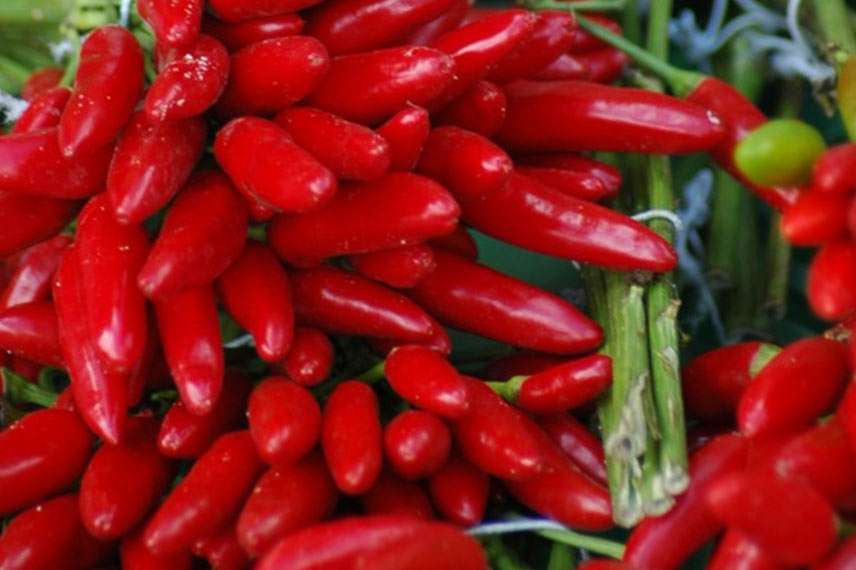
Jalapeño pepper
Capsicum frutescens generally offers upright fruits, more or less small, such as the very popular Cayenne pepper. Although it comes from the same species, the Tomato pepper produces stunning fruits, red and fleshy, resembling the beef heart tomato.
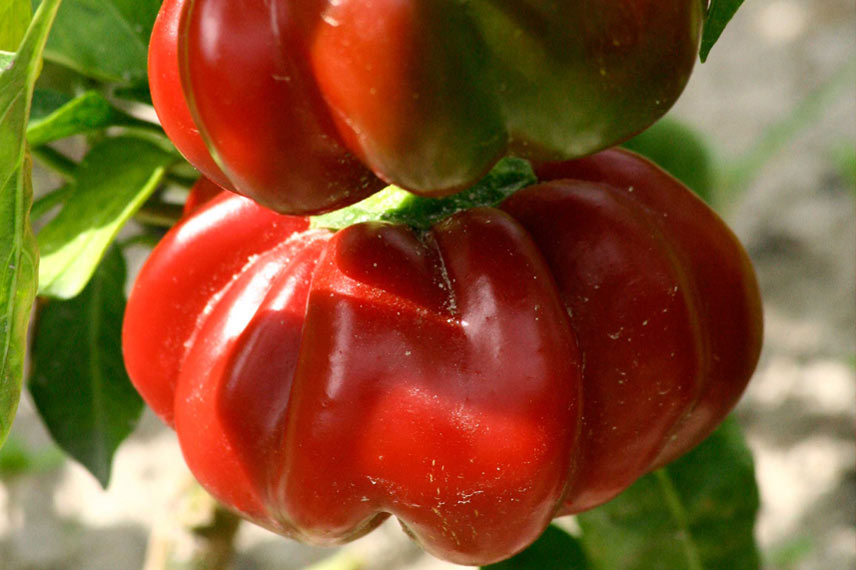
Tomato pepper, © Ferme de Sainte-Marthe.
In Capsicum chinense, we encounter varieties with original shapes, such as the Habanero pepper with its multitude of small, lantern-shaped fruits.
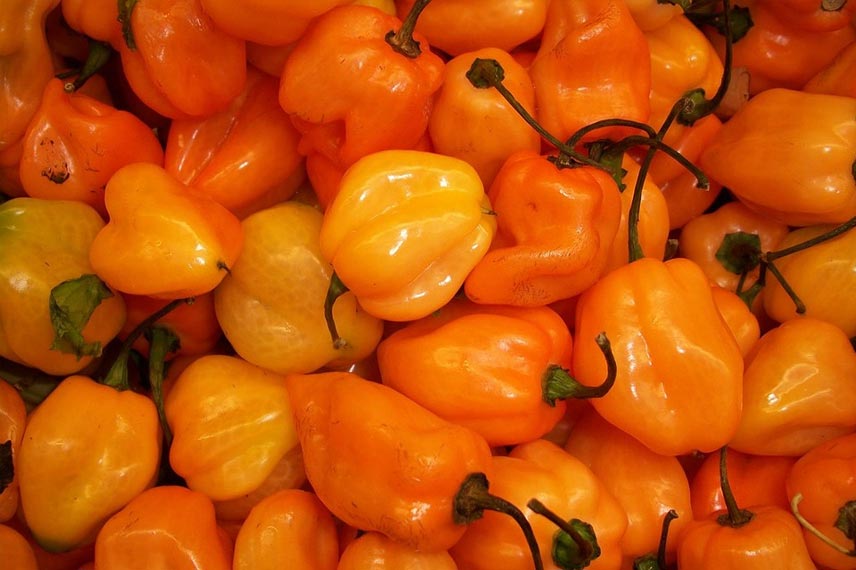
Habanero pepper
According to the strength and flavour of the fruits
All peppers (Capsicum annuum) have a sweet flavour. They fall into the category of sweet peppers and are rated 0 on the Scoville scale (the heat scale for peppers). Indeed, their capsaicin content is insufficient to give their fruits any heat. However, among them, some varieties offer a particularly remarkable flavour:
- the Cuneo Yellow pepper has thick, firm, crunchy flesh and a good flavour, ideal for confit or cooking as small stuffed peppers.
- The Landes sweet pepper offers a fruity flavour and a very thin skin. It is the pepper traditionally used in piperade.
- The Petit Marseillais pepper has sweet, tender flesh that can be eaten raw or cooked, grilled, stuffed, or in tapas.
- The Milena F1 sweet pepper offers a particularly sweet flavour.
- The Candy Cane F1 pepper is crunchy and sweet, delicious at any stage of ripeness.
- The Bellkaro F1 white pepper is fleshy, juicy, and has a very mild, pleasantly sweet flavour.
Chilies, which are richer in capsaicin, vary in heat in the mouth. In increasing order:
- the Anaheim chili is fruity and warm, rated 2/10 on the Scoville scale;
- the Espelette chili offers a warm and delightfully spicy flavour, rated 4/10;
- the Cayenne pepper, or Enraged Pepper, is a hot variety rated 6/10;
- the Tabasco pepper is a volcanic variety rated 9/10;
- the Habanero pepper produces explosive fruits, with a heat rating of 10/10 on the Scoville scale.
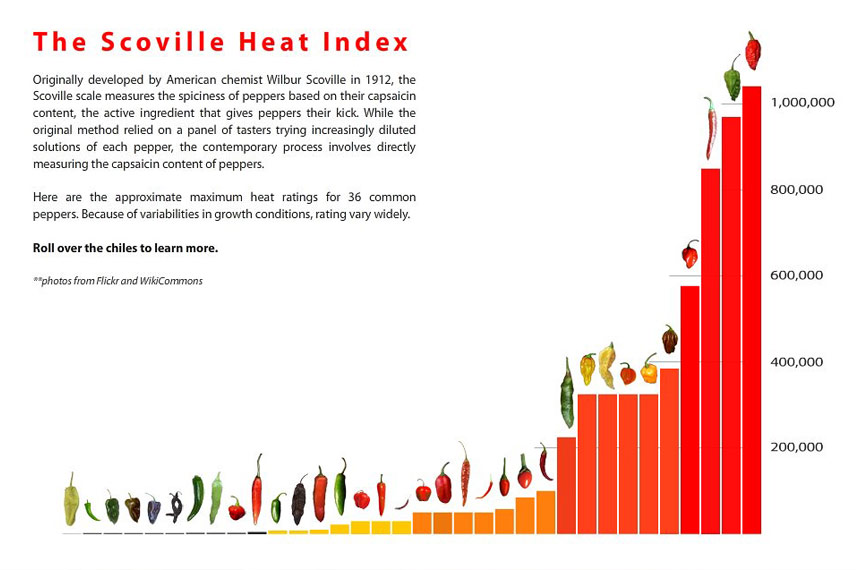
© Gustavo da Cunha Pimenta – Flickr
Discover other Pepper seeds
View all →Available in 1 sizes
Available in 1 sizes
Available in 1 sizes
Available in 1 sizes
Available in 1 sizes
Available in 1 sizes
Available in 1 sizes
Available in 1 sizes
Available in 1 sizes
Available in 1 sizes
Depending on the height of the young plants
If you have a small space to grow your chillies and peppers, it is better to choose low-growing varieties.
The sweet pepper Kobold produces miniature plants 30 to 40 cm tall, with equally miniature fruits weighing 50 to 70 g. The Demon Red chilli and the Redskin F1 pepper are both dwarf varieties. Similarly, the Sweetmie Red pepper is a miniature vegetable that grows perfectly well in pots.
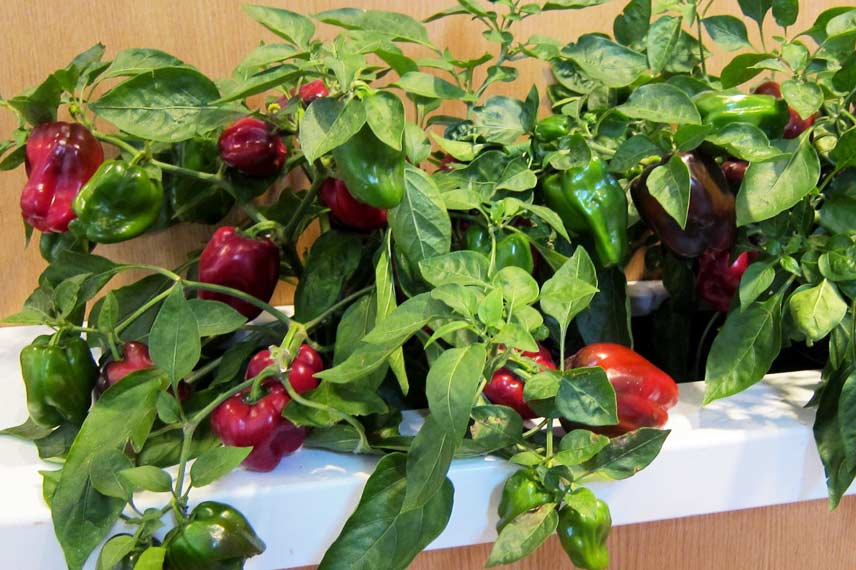
Redskin pepper © KM – Flickr
Read also
Strength of chilliesAccording to the yield
The vast majority of chillies and peppers are productive varieties. The very long sweet pepper from Landes offers however particularly interesting yields, even in regions with short, cool summers. The Ferenc Tender pepper is also a very productive variety, just like the Bresse chilli, the Penis chilli, or even the Sweet Banana pepper and the yellow Tenor pepper.
Based on disease resistance
Chillies are naturally disease-resistant plants. However, they can be affected by downy mildew and anthracnose. Note that the Lamuyo pepper and the Yellow Velvet pepper are characterised by very good natural resistance to diseases and viruses. Similarly, the Habanero chilli is favoured by farmers in West Africa during the rainy season, as it proves to be stronger and more resistant to anthracnose and viruses.
Also to discover
- Our collection of organic chillies
- Our chilli seeds
- Our varieties of organic peppers and our pepper seeds
- Subscribe!
- Contents
































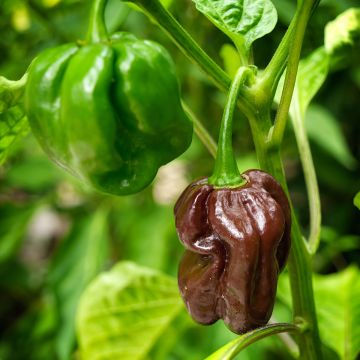
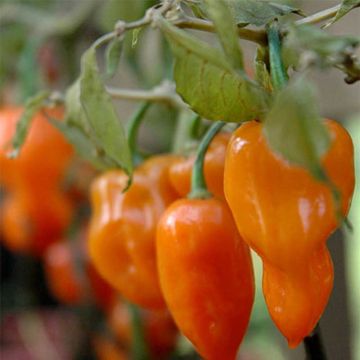
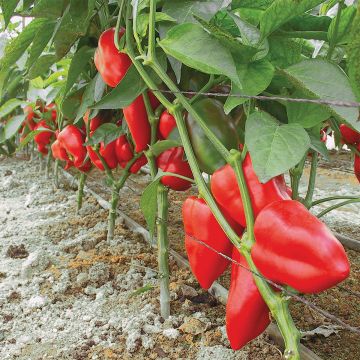
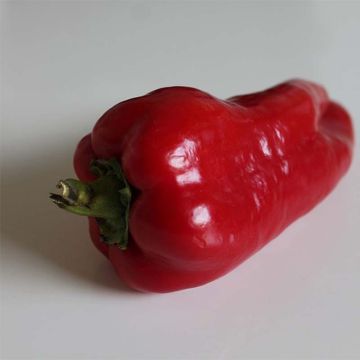
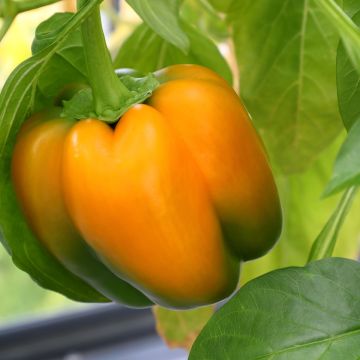
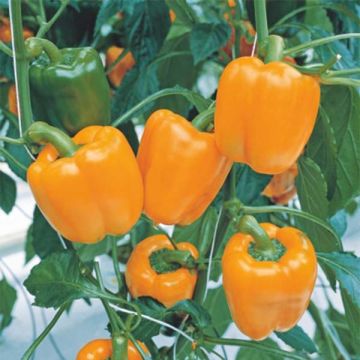
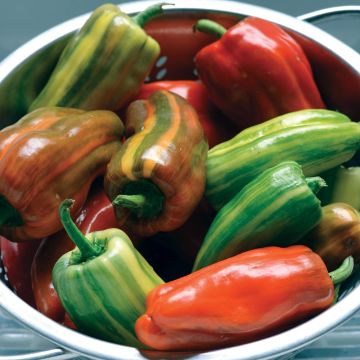
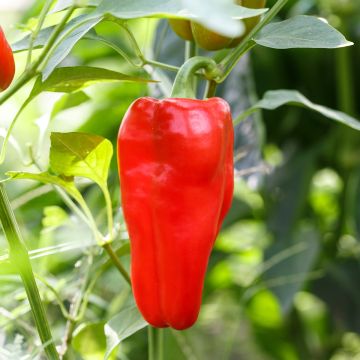
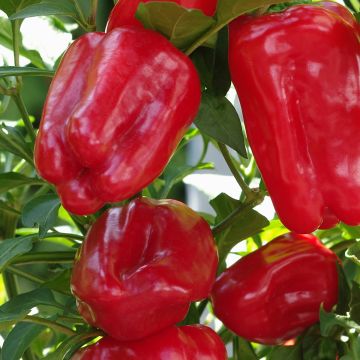
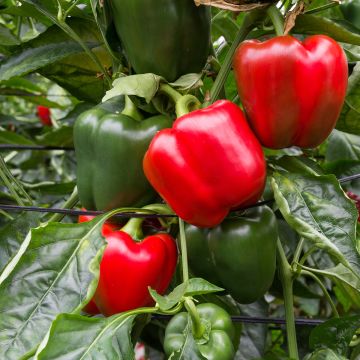
Comments